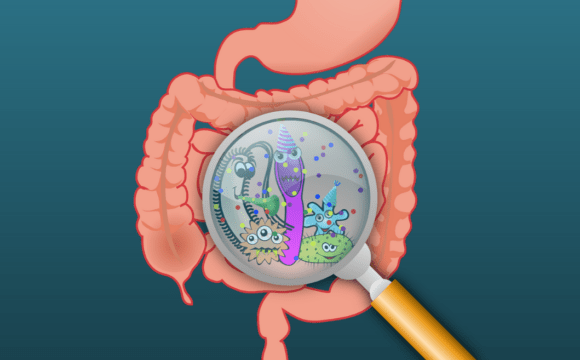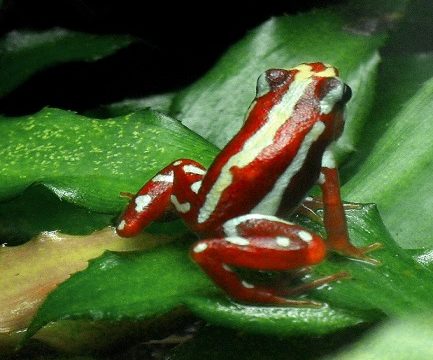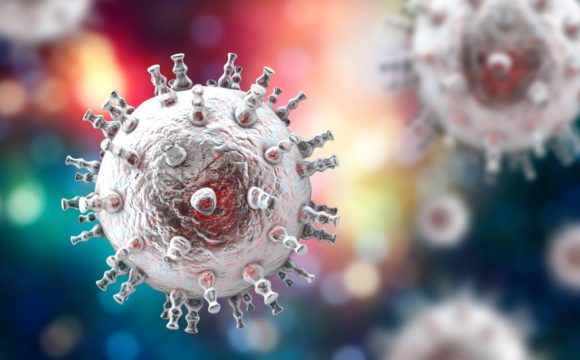Our tryst with using organisms to understand biology better dates centuries back into the 1600s. We have used frogs, guinea pigs, pigeons, mice, rats and several other organisms in the hope that studying and understanding their biological systems, we will be able to understand a little more of how our own body works. Eventually, we became so well-versed with these organisms, they began to serve as model organisms.
So what exactly is a model organism? Can any organism be used as a model? Not really. Model organisms can be defined as those organisms which are used to study some biological phenomena extensively, such that the information collected from the study can be applied to several other organisms. Let’s elaborate on the last bit of that definition. Model organisms must serve as some kind of a universal “standard”. For example, if we are using a guinea pig as a model to study blood circulation, it is essential that what we learn about circulation from here must be applicable not just to guinea pigs but to humans or other species as well. If not, then we cannot call guinea pigs as a model.
Let’s have a look at a few characteristics of model organisms:

Types of animal models:
Virus models – Phage lambda, Tobacco mosaic virus

Prokaryotic models – Escherichia coli, Bacillus subtilis

Eukaryotic models
- Fungi – Saccharomyces cerevisiae, Aspergillus nidulans

- Plants – Arabidopsis thaliana, Brachypodium distachyon

- Animals
- Invertebrate models: Caenorhabditis elegans, Drosophila melanogaster

Caenorhabditis elegans
-
- Vertebrate models: Guinea pig (Cavia porcellus), Zebrafish (Danio rerio), Mouse (Mus musculus)

While all of these organisms can be used as models, there are few which are more suited than the others are model organisms. Let’s discuss a few of these in detail.
Bacteria as a model organism:
Bacteria like E.coli have been used as a model organism for genetic, molecular and cell biology studies. In particular, it is used in biotechnology due to the presence of the extrachromosomal plasmid DNA which is easily manipulated.
Examples of some bacteria used as models include – E.coli, Caulobacter crescentus, Pseudomonas fluorescens.

Yeast as a model organism:
Yeast is one of the simplest eukaryotic organisms. The nuclear genome has 16 chromosomes which are well characterized and extrachromosomal DNA is also present. It has been used to study ageing, the cell cycle, mitochondrial characteristics, signal transduction, etc. The beauty of yeast is that it combines the simplicity of prokaryotes with the complex organisational structure of the eukaryotes.
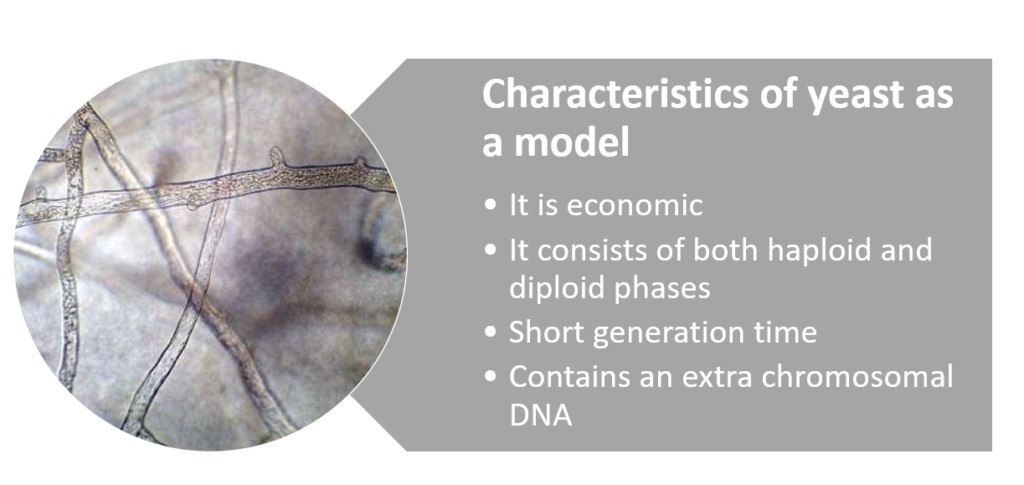
Drosophila melanogaster as a model organism:
Drosophila melanogaster is one of the most important model organisms used to study human diseases, physiology and genetics. One of the most important findings from fruit flies is the inheritance of chromosomes at the phenotypic level. It is also used for the study of developmental and cognitive disorders.

Zebrafish as a model organism:
Zebrafish is particularly useful for the study of developmental mechanisms. The body is transparent which makes study of embryo development simpler. They have organ systems which are quite characteristic of eukaryotes.

Mouse as a model organism:
Mice are used as model organisms to study complex diseases like cardiovascular diseases, cancers, ageing, neurodegenerative disorders, etc. They share up to 85% genome similarity to humans, thus making them an ideal choice to study drug reactions.

C.elegans as a model organism:
C.elegans is used for the screening of novel drugs, study of human diseases, ageing and also for the study of diseases. It is also used for the study of neurodevelopmental disorders.

We owe a lot of our understanding of biology to these model organisms. But in our eagerness to learn, we must not forget that these are living organisms that we are manipulating in the name of science.
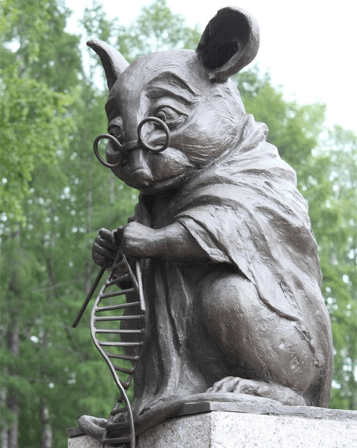
While it is essential for science to continue experiments using model organisms, all of us should remain aware of the ethical conundrum. Research is being conducted to develop new experimental methods that are kinder to these animals.
References:
- https://pubmed.ncbi.nlm.nih.gov/23849606/
- https://bioinfo2010.files.wordpress.com/2009/07/phage-1.jpg?w=468
- https://en.wikipedia.org/wiki/List_of_model_organisms#/media/File:Bacillus_subtilis_Spore.jpg
- https://cdnph.upi.com/svc/sv/i/7951460031817/2016/1/14600369288932/Scientists-discover-tissue-damaging-fungal-toxin.jpg
- https://i1.wp.com/blog.eyewire.org/wp-content/uploads/2014/08/datworm.jpg
- http://www.biocote.com/wp-content/uploads/2016/07/Five-Facts-about-E-coli_img.jpg
- https://www.onlinebiologynotes.com/model-organism-bacteria-as-model-organism/
- https://www.onlinebiologynotes.com/yeast-as-a-model-organism-in-genetics-cell-and-molecular-biology/
- https://classconnection.s3.amazonaws.com/662/flashcards/3330662/jpg/rhizopus_non-septate_hyphae-140E15011C05D59039A.jpg
- https://andor.oxinst.com/learning/view/article/advantages-of-using-drosophila-melanogaster-as-a-model-organism
- https://www.raconteur.net/wp-content/uploads/2015/10/Zebrafish.jpg
- https://si.wsj.net/public/resources/images/BN-JD545_0630la_G_20150629113932.jpg
- https://www.neatorama.com/2013/10/07/Monument-to-Lab-Mice-Mouse-Knitting-a-DNA-Strand/






